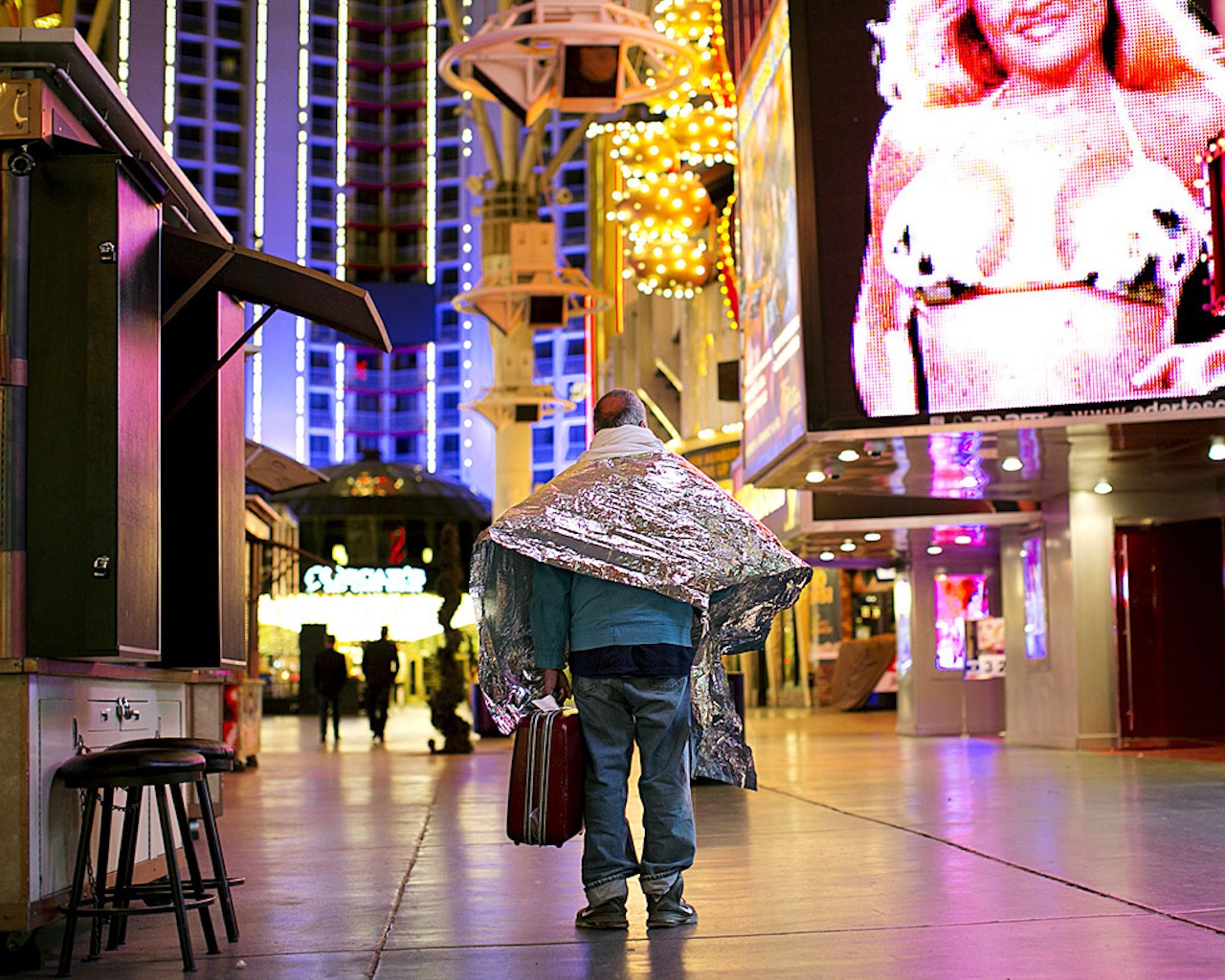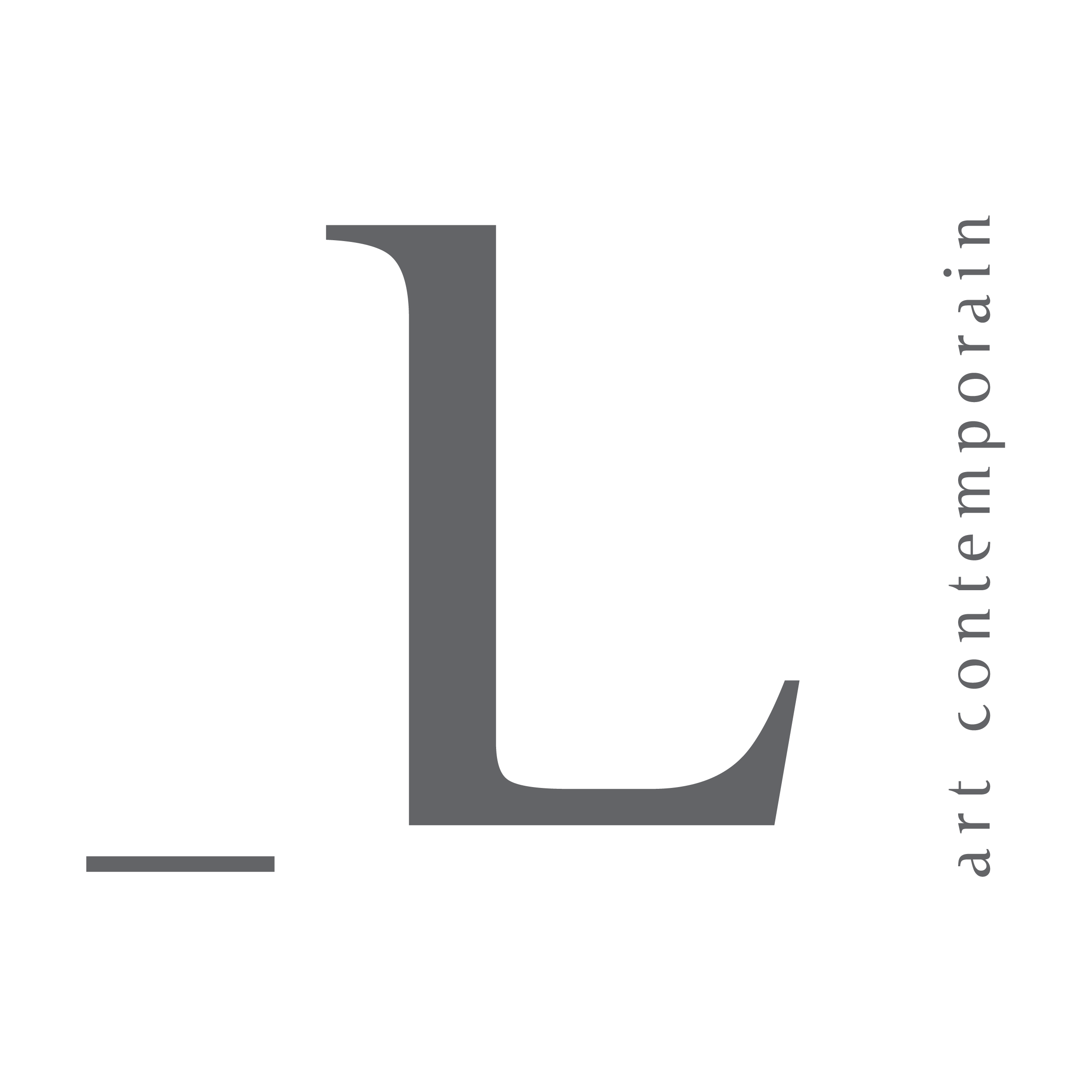Niura Bellavinha and Christian Lutz

Vernissage November 26, 2013 at 6PM
Exhibition Until February 2, 2014

Download PDF
for more information
In 1514, Titian created a painting that has long inspired multiple interpretations. One of these, made in the 18th century, gave rise to the title we still use today: Sacred and Profane Love. The various readings, approaches, and commentaries on this painting clearly demonstrate how a single image can be viewed, perceived, and interpreted in multiple ways. It is this “vulnerability” of the image that served as the starting point for the conception of the exhibition presented here. To broaden this reflection, we chose to display works created in two media: painting and photography.
By presenting Niura Bellavinha’s paintings and Christian Lutz’s photographs in the same exhibition, we are not only able to reflect on the relationships between these two media, but also to question how we look at an image. The idea is to grasp the stakes involved in such an act. Needless to say, our experiences, knowledge, and personal particularities play a very large role. Indeed, it is our individuality itself that guides our attitude toward an image. It is sometimes surprising to observe that, in this process, some even assume the role of “judges,” deciding what is “showable” and in what form it should appear. Both Bellavinha’s paintings, created through sprays of pigment, and Lutz’s photographs, capturing precise moments of our society, can provoke both appreciation and disapproval.
As Mircea Eliade observes in his work on the sacred and the profane, there are two modes of being in the world: one that tends to sacralize it, and one that opts for its desacralization. Such an opposition is similar to the attitude we can adopt toward an image: either we look at it according to pre-established dogmas, or with a free spirit of discovery.
